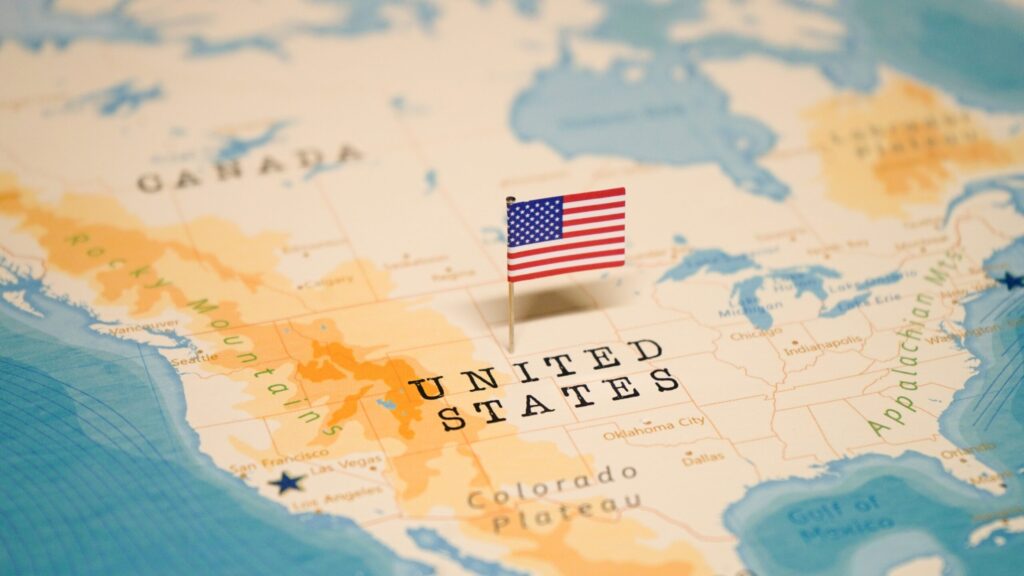Trends, Drivers, and the Road Ahead
As sustainability becomes a priority across the globe, the U.S. packaging industry is undergoing a transformative shift. With increasing consumer awareness, stricter environmental regulations, and rapid innovation, sustainable packaging is no longer a niche it’s fast becoming the industry standard.
Read also: Packaging with a Purpose: The Role of Sustainable E-commerce Packaging in Modern Retail
According to recent projections, the U.S. sustainable packaging market is expected to grow from USD 51.23 billion in 2025 to a staggering USD 73.81 billion by 2034. That’s a steady CAGR of 4.15%, fueled by growing demand across food and beverage, personal care, healthcare, and e-commerce industries. But what exactly is driving this shift? And what challenges lie ahead?
What Is Sustainable Packaging?
Sustainable packaging refers to packaging solutions that minimize environmental impact by using materials that are recyclable, biodegradable, compostable, or made from renewable sources. Common materials include recyclable PET and HDPE plastics, paper, cardboard, PLA (a starch-based polymer), and cellulose. These alternatives are designed to break down naturally or be reused, helping reduce landfill overflow and marine pollution.
Plastic Waste: A Mounting Crisis
In the U.S. alone, nearly 40 million tons of plastic waste are generated annually much of it from packaging. Shockingly, only around 5% of this plastic gets recycled. A significant chunk, nearly 40%stems from packaging materials, making it one of the largest contributors to pollution and microplastic contamination.
To address this crisis, institutions like Michigan State University are taking action. Backed by a five-year grant from the National Science Foundation, the university’s School of Packaging has launched the Center for Plastic, Paper, and Hybrid Packaging End-of-Life Solutions (C3PS). This initiative aims to explore innovative, scalable solutions for dealing with plastic and plastic-coated paper waste.
Key Trends Fueling Market Growth
- Surge in E-commerce and Online Grocery Shopping
The rapid rise of online shopping, particularly for groceries and perishables, has created new challenges for protective, durable, yet eco-friendly packaging. Businesses are increasingly turning to sustainable options that can safely transport products while minimizing environmental damage.
- Shift Toward Recyclable and Biodegradable Materials
As consumers become more environmentally conscious, there’s a growing demand for packaging that can be recycled or composted. Biodegradable materials like PLA, cellulose, and paper are gaining traction, reducing the burden on landfills and oceans.
- Booming International Trade
With global trade on the rise, companies are placing more emphasis on packaging that offers protection during transit while aligning with environmental regulations in various markets.
- Government Regulations and Incentives
Federal agencies such as the U.S. Environmental Protection Agency (EPA) are stepping in with grants and policies to reduce single-use plastics and promote sustainable alternatives. These efforts are helping manufacturers adopt green packaging solutions without shouldering the entire financial burden.
Consumer Preference Is Shaping the Market
Today’s consumers are demanding more from brands than just quality they want ethical practices, too. Traditional materials like plastic and polystyrene are being rejected in favor of environmentally safe alternatives. This shift isn’t just about image; it’s about aligning with values. From food containers to fashion packaging, companies are redesigning their packaging to reduce carbon footprints and appeal to sustainability-conscious buyers.
A Double-Edged Sword: The Cost Challenge
While the benefits are clear, one major roadblock remains: cost. Sustainable packaging materials often come with a higher price tag due to limited supply and higher production costs. These factors can disrupt supply chains and delay production timelines, especially for smaller businesses. Until scalable and cost-efficient solutions become widely available, affordability will continue to hinder rapid adoption.
Government Initiatives: Paving the Way for a Greener Future
In an effort to curb environmental damage, the U.S. government has launched multiple initiatives to support sustainable packaging. Grants from agencies like the EPA are enabling research into biodegradable materials and supporting recycling infrastructure development. These efforts are further supported by private foundations and nonprofits, which are funneling funds into sustainability-focused innovations.
Regulations have also become tighter, with policies designed to phase out single-use plastics and promote compostable or recyclable alternatives. As legislation becomes stricter, compliance is not just an option but a competitive necessity.
Market Leaders: Which Segments Are Winning?
Material: Paper Reigns Supreme
In 2024, paper emerged as the dominant material in the U.S. sustainable packaging market. Its widespread availability, affordability, and versatility make it a top choice for both brands and consumers. From pouches to boxes, paper-based packaging aligns perfectly with the principles of the circular economy. Its recyclability and compostability also give it an edge over plastic alternatives.
Packaging Type: Recycled Packaging Leads
Recycled packaging held the largest market share in 2024. A combination of advanced recycling technologies, growing consumer demand, and government support is driving the adoption of recycled materials. Companies are increasingly focusing on using post-consumer recycled (PCR) content in their packaging to meet both regulatory and customer expectations.
End-Use Industry: Food and Beverage Takes the Lead
No sector has embraced sustainable packaging like the food and beverage industry. From compostable take-out containers to recyclable snack wrappers, this industry has become a role model in green transformation. With growing demand for environmentally conscious food consumption and stringent food safety regulations, sustainable packaging helps brands maintain product integrity while reducing environmental impact.
Final Thoughts
The U.S. sustainable packaging market is on a steady upward trajectory, driven by a combination of consumer demand, government support, and industry innovation. While challenges like high costs and supply chain complexities remain, the long-term benefits of sustainable packaging both for businesses and the planet are undeniable.
As we move into a future shaped by climate consciousness and circular economies, sustainable packaging isn’t just a trend it’s a business imperative. For companies willing to invest in greener alternatives, the rewards will extend far beyond profit margins to include brand loyalty, regulatory compliance, and most importantly, a healthier planet.
Source: https://www.towardspackaging.com/insights/us-sustainable-packaging-market-sizing

